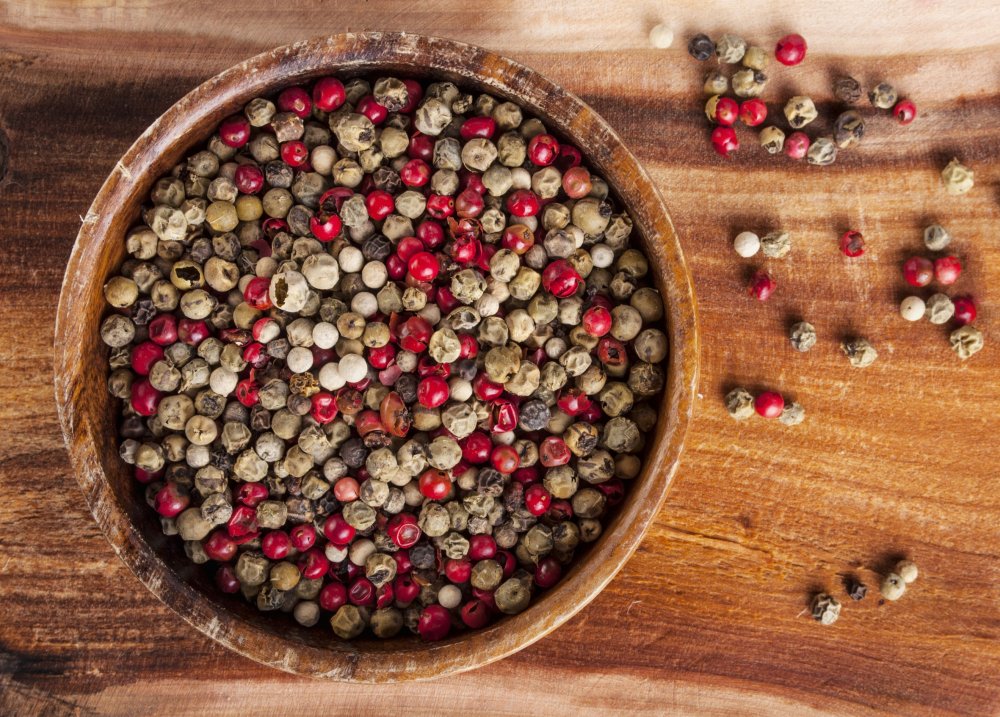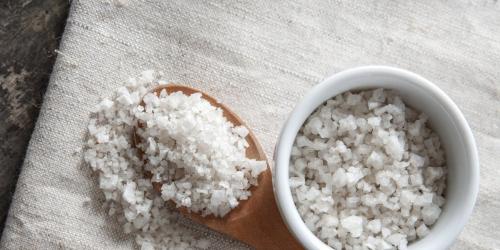We follow the expert advice of Karine Blanc, passionate spice and creator of Sarabar *, to raise our plates with panache.
Find the right dose of pepper
Adding a quality pepper can change everything to the flavor of a dish. It would be a shame to be satisfied with a mediocre or banal variety. The good reflexes to exploit the full potential of this condiment: forget the gray pepper (dubious mixture) and ground. Instead, we are equipped with a mill to grind at the desired time. And we buy the pepper in small quantities to renew it often and guarantee its freshness.
(Good) pepper does not sting
A good pepper does not sting your nose and does not make you sneeze. If so, it is because it is too old or mixed with pepper dust. Good to know: to avoid making it pungent or irritating to the intestines , we do not cook it. By adding it at the last moment , you can take full advantage of its flavors and its virtues (antiseptic and digestive).
Green, black, white or red: 4 colors for 4 flavors
Green, black, white or red: here are the 4 options that exist and which represent, in this order, the different stages of maturity of the plant. The green (very fresh) is not yet quite ripe, the black (vegetable) is almost, the white (concentrated), picked at full maturity, is rinsed with water to keep only the core, the red (fruity) is very ripe ...
I am learning to know my tastes
Pepper is like wine, there are all kinds, depending on the soil. Some prefer woody notes, others plant, or more animal, or approaching citrus. You have to taste different peppers to determine your own preferences, and adapt the choice to the prepared food, of course! The safe bet for getting started: Malabar (India), Sarawak (Malaysia), Madagascar and Kampot (Cambodia).
I do not despise "fake peppers"
Some berries that do not belong to the piperaceae family have interesting and complementary advantages. This is the case of pink berries ( top with fresh cheeses , fish), sechuan (whose citrus notes accompany the duck very well ) or timut (with a carpaccio of the sea).
* Sarabar is a brand of peppers and spices, created in 2015 by Karine Blanc. Its name is the contraction of great pepper classics (Sarawak and Malabar). Karine Blanc selects spices from traditional plantations around the world, then packs them in Marseille. Products (from € 6.50 to € 10 per 40 ml tube) are available in shops (delicatessens, wine shops, cheese makers ...) or online: sarabar.fr.




